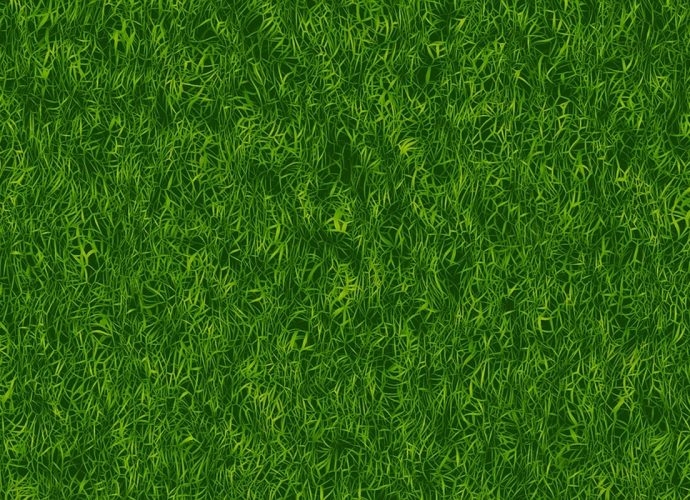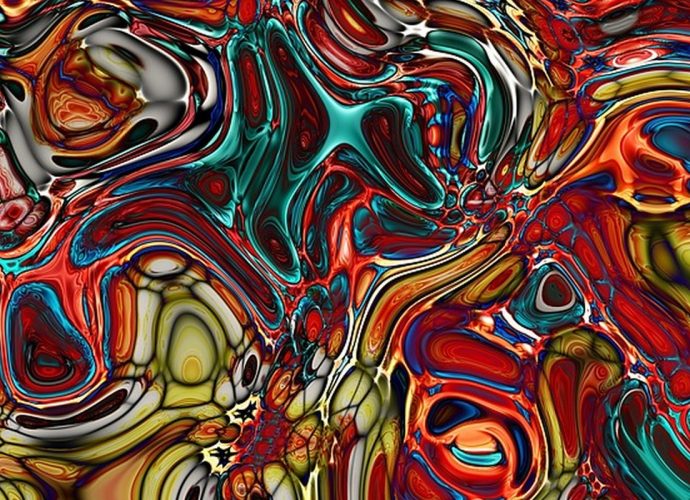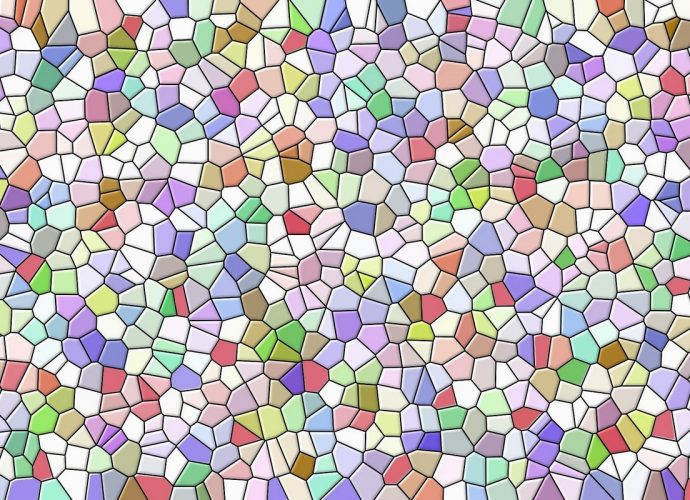Do Tortoises Eat Mice?
Diet. Red-footed tortoises are generally herbivores but will eat carrion and slow-moving invertebrates such as slugs and snails: The bulk of the diet should consist of dark leafy greens and broad-leaf graze. Also offer a variety of chopped vegetables, hay, some berries, and other fruits. What do Redfoot tortoises eat?Read More →





